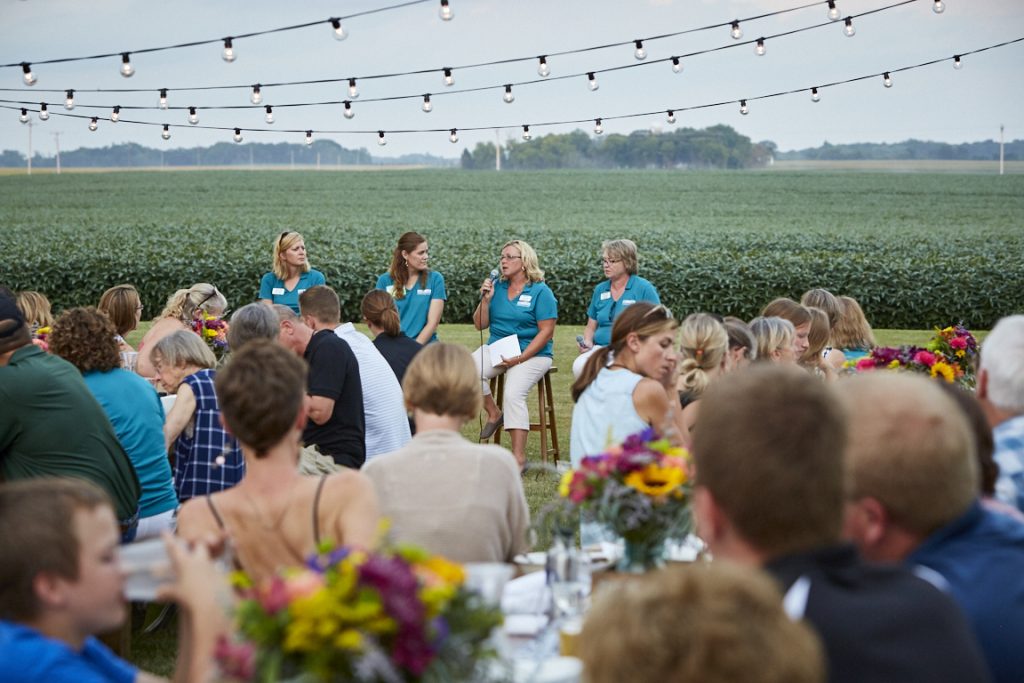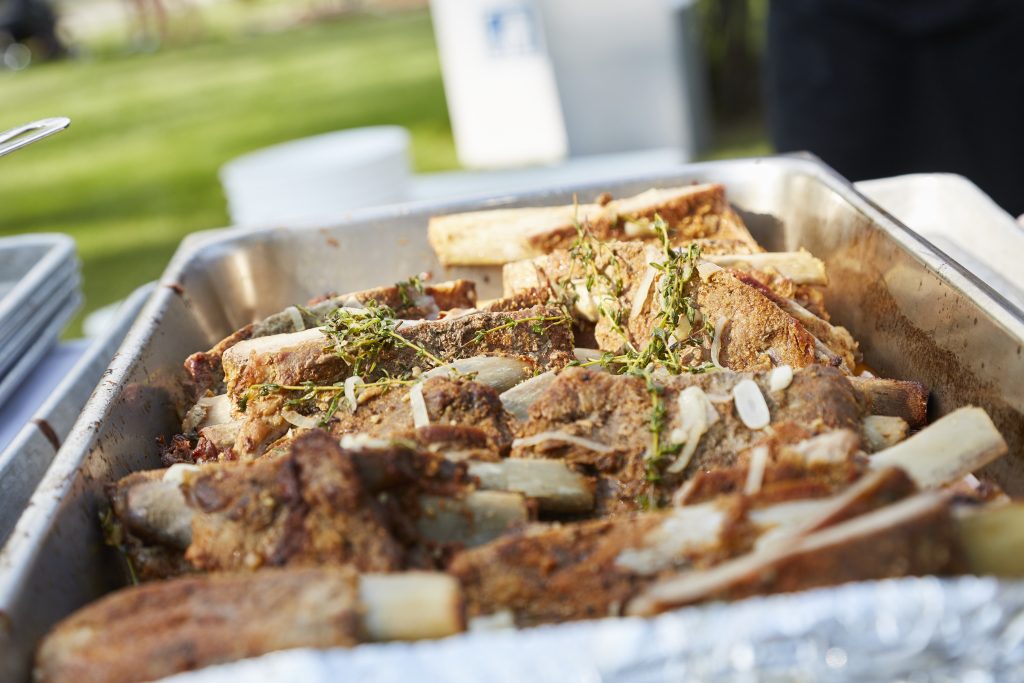Volunteer Insights
What Have Farmers Been Working on this Winter?
When you think of winter, what do you think of? Bundling up to go sledding, skiing, or snowshoeing? Cuddling up under a blanket by a warm, crackling fire with a mug of hot cocoa? Sitting down at your desk or meeting with your tax preparer to discuss your taxes?
Wait, what?! TAXES??

Hi, I’m Kristie Swenson, a farmer in southwest / south central Minnesota. My husband and I raise corn and soybeans with my parents. We have three kids, and yes, one of our winter activities is tax planning.
Throughout the year, we keep track of our income and expenses on the farm. We categorize all of our farm expenses: seed, fertilizer, crop protection products, hired labor, land rent, property taxes, repairs, etc. because they all have to be listed separately on our taxes. It’s interesting to compare expenses from year to year – to see where our costs have gone up or down, and to think about why. Was it that fertilizer prices were significantly higher? Or did we do some major repairs to our storage facilities?
It’s also a very beneficial way to help us better understand what our breakeven cost is. Breakeven means how much it costs us to raise one bushel of corn, or one bushel of soybeans. It’s important to know that so that when we sell our crop, we don’t sell below that price. I do most of our crop selling (called grain marketing) so I’d better know if I’m selling above or below that breakeven price!
Along with tracking our expenses all year, in December, we meet with our accountant to discuss tax planning. We give him our income and expenses and talk about our options. For example, if we’re thinking about buying a piece of equipment, is it better to do it yet this year or wait until next year? There are tax implications to that decision, and by consulting with our accountant, we can make an educated decision.

I mentioned grain marketing earlier, and I do quite a bit of grain marketing in the winter months. That means that I call area ethanol plants, cooperatives, and/or feed mills, and ask them what their prices are for specific months. That specific month is the month we want to deliver the grain. If I’m satisfied with the price, I’ll sign a contract, agreeing to deliver a certain amount of grain to that location for that particular month. My husband gets to haul the grain, and after he delivers it, the buyer pays us. We try to avoid selling a lot of grain to be delivered during planting season (late April / May) and harvest (late September-October) because those are really busy times for us. We tend to market a majority of our crop to be delivered in December, January, February, and March, and some in June or July. We try to have all of our grain delivered by August, so the bins are clean and ready for the corn and soybeans that we’ll harvest in September and October.
Another winter activity is developing our marketing plan, which is a list of target prices, quantities to sell, and dates by which we want to hit those targets. Our marketing plan and our annual cash flow projection work together. Constructing our cash flow is something else that happens in the winter. We sit down and create a balance sheet, which is a list of our assets and liabilities. We create a 12-month cash flow, so we can see when farmland rent is due, equipment payments are due, and when we expect to pay for seed, crop protection products, and fertilizer. We project those expenses, along with our crop sales. This cash flow projects, month by month, what our finances will look like through the year. We can’t exactly predict when something will need to be repaired, so we allocate a certain dollar amount to repairs and maintenance. We try to be conservatively accurate. At the end of the year, we can compare our actual cash flow with our projected cash flow, and see how accurate we were.
While these activities aren’t as glamorous as skiing, or as appealing as curling up with a mug of hot cocoa, these are very important farm management activities that are always ongoing – particularly during these past winter months. What about you? Do you relate to any of these activities? Does your role require analyzing numbers, developing marketing plans, or communicating with vendors?
Follow CommonGround Minnesota on Facebook and Instagram.




